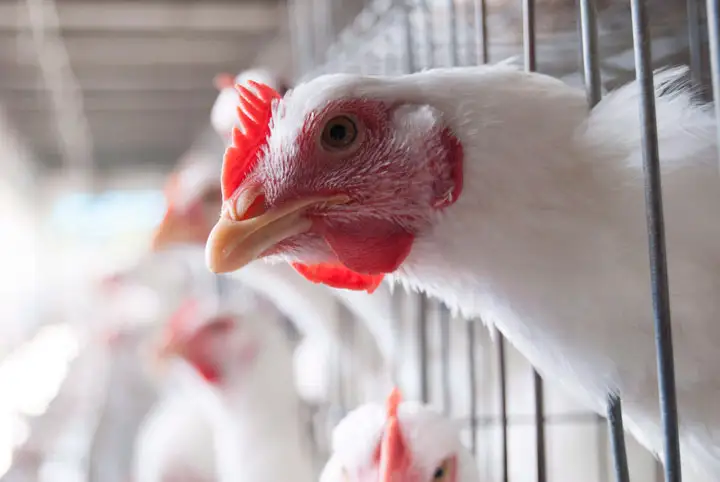Antibiotics have long been a cornerstone of livestock production—used to treat disease, prevent infections and promote animal growth. They’ve helped farmers improve yields and reduce losses.
But the unchecked use of antibiotics in farms carries serious risks: when withdrawal periods are ignored, residues can linger in meat and eggs, posing potential threats to consumers.
Overuse can also upset the good bacteria in animals’ guts, leaving them fatigued and more prone to sickness. These beneficial microbes aid digestion, fight harmful germs and strengthen the immune system.
The growing threat of antibiotic resistance
Continuous, low-dose antibiotic use allows germs to gradually develop resistance, making once-effective drugs useless. This resistance can spread from animals to humans, complicating the treatment of infections in both.
In a study on pig farms in Nigeria’s Federal Capital Territory, 72.5% of farmers administered antibiotics themselves (not via veterinary professionals), with 27.5% using them weekly.
Globally, the livestock and aquaculture sectors have become major hubs of antibiotic use: according to one analysis, around 70% of all antimicrobials are used in farm animals. Many of these drugs overlap with those critical for human health, bridging the animal-human resistance pathway.
The full scale of this misuse is hardly brought to the spotlight: antibiotic residues entering food chains, environmental contamination from excreted drugs, and the evolution of resistant pathogens in farm settings that may jump to humans.
In Nigeria, a survey found that among layer farms, 3.6% of inspected eggs contained antimicrobial residues, with only 74.1% of farmers aware of residue issues.
Antimicrobial resistance (AMR) now ranks among the most urgent global threats. In 2019, bacterial AMR was directly responsible for approximately 1.27 million deaths and associated with around 4.95 million deaths worldwide.
Direct annual deaths attributable to AMR are projected to reach nearly 1.91 million by 2050, with up to 8.2 million deaths per year when associated deaths are included. The economic stakes are just as high, as unchecked AMR could cost global GDP up to US $3.4 trillion per year by 2030, while losses stemming from livestock-associated resistant infections could reach US $950 billion.
Nigeria’s breakthrough
In response, Nigerian scientists have initiated a landmark research effort that creates a locally manufactured alternative to antibiotics for livestock and aquaculture.
The project is developing bacteriocin-rich extracts from engineered lactic acid bacteria that could substitute for conventional antibiotics in ruminants and fish.
Early laboratory trials have reportedly shown superior effectiveness compared to standard antibiotics. The research is now advancing toward field trials, signalling a major shift from dependence on imported drugs toward homegrown solutions.
The role of research here is expedient. Developing effective alternatives helps cut the overuse of critical antibiotics in animals, reducing the spillover risk to humans. It also strengthens domestic scientific capacity, reducing reliance on imported drugs and allowing Nigeria to tailor solutions to its unique farm systems and pathogens.
If these innovations scale, Nigeria would record healthier livestock, safer food, less environmental contamination, lowered treatment costs, and a break in the chain of resistance.
But this will require rigorous field validation, strong regulatory frameworks, producer education, and infrastructure for commercial production and distribution. Without those, even the best laboratory breakthroughs may not translate into farm-level impact.
Summary not available at this time.






